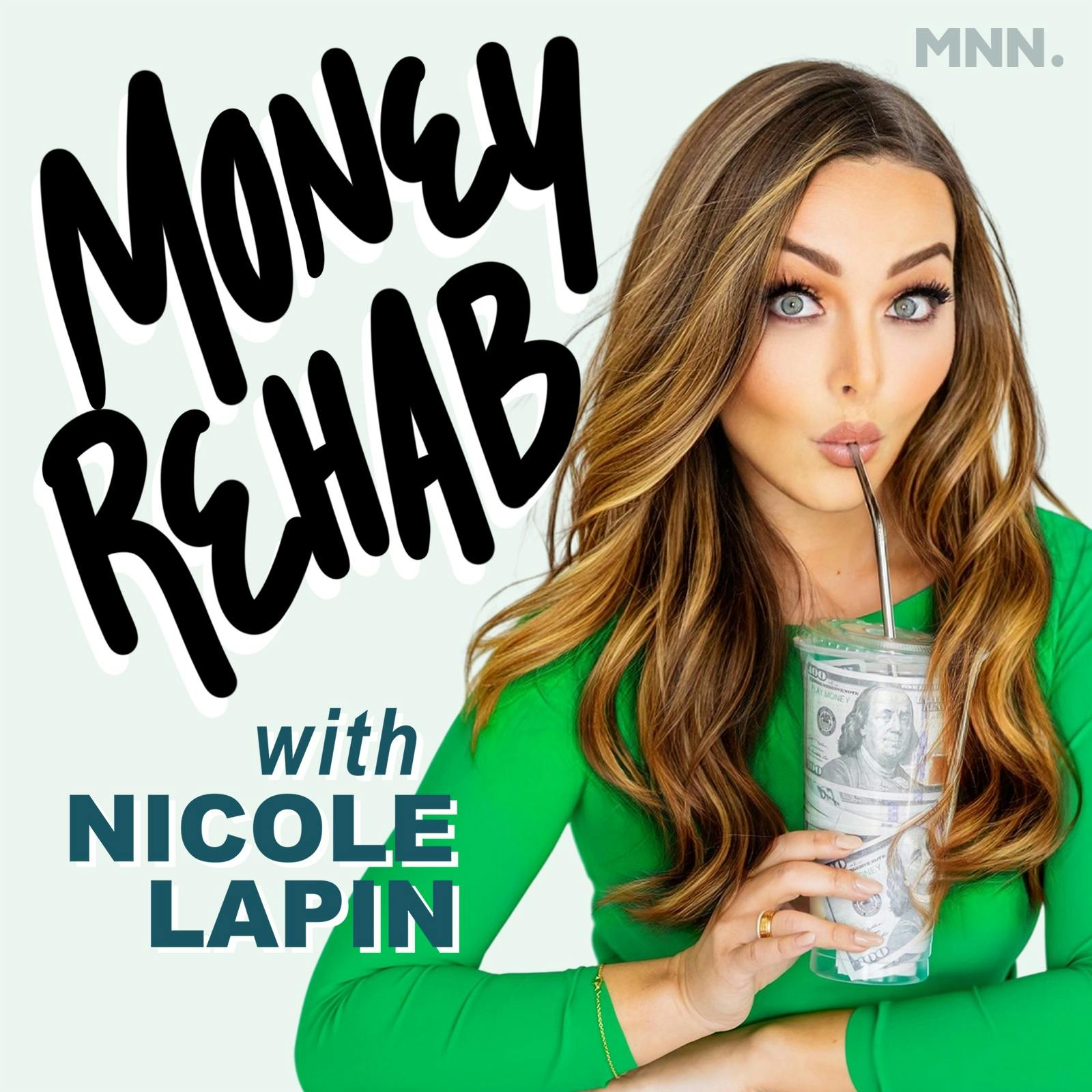
Key Insights
Why can't the President directly control interest rates?
The President does not have direct control over interest rates; the Federal Reserve, led by the Chair Jerome Powell, sets these rates independently.
How does the Federal Reserve's interest rate impact consumer rates like mortgages?
While the Fed's rate affects short-term interest rates, mortgage rates typically follow the 10-year bond yield more closely, which can move independently of the Fed's rate.
What could President Trump do to influence interest rates if he wanted to lower them?
Trump could pressure the Fed to lower rates or attempt to replace Jerome Powell with someone more favorable to rate cuts, though Powell's term extends until 2026.
Why might Trump's policies potentially lead to higher inflation rather than lower?
Policies like tax cuts, tariffs, and mass deportations could increase government spending, reduce revenue, and drive up production costs, all of which can contribute to inflation.
How does the President's control over gas prices impact inflation?
The President has limited control over gas prices; while policies can influence production and reserves, market forces and global oil prices largely determine gas prices.
What role do tariffs play in influencing inflation?
Tariffs increase the cost of imported goods, which can lead to higher prices for consumers and potentially trigger retaliatory tariffs from other countries, further driving up costs.
How can investors protect themselves from inflation?
Investors can balance their portfolios with a mix of stocks and bonds, adjusting the percentage of bonds based on their age, to mitigate the risks associated with inflation.
Chapters
- Trump cannot directly control interest rates; the Fed Chair and board have that authority.
- Jerome Powell's background and relationship with Trump are discussed.
- The Fed's interest rate decisions affect short-term rates more directly than long-term rates.
Shownotes Transcript
Trump has said that when he's President, he will lower interest rates. But how much control does the President have over the Fed? Nicole explains how Trump is proposing to lower interest rates— and whether or not economists believe these proposals will work.
